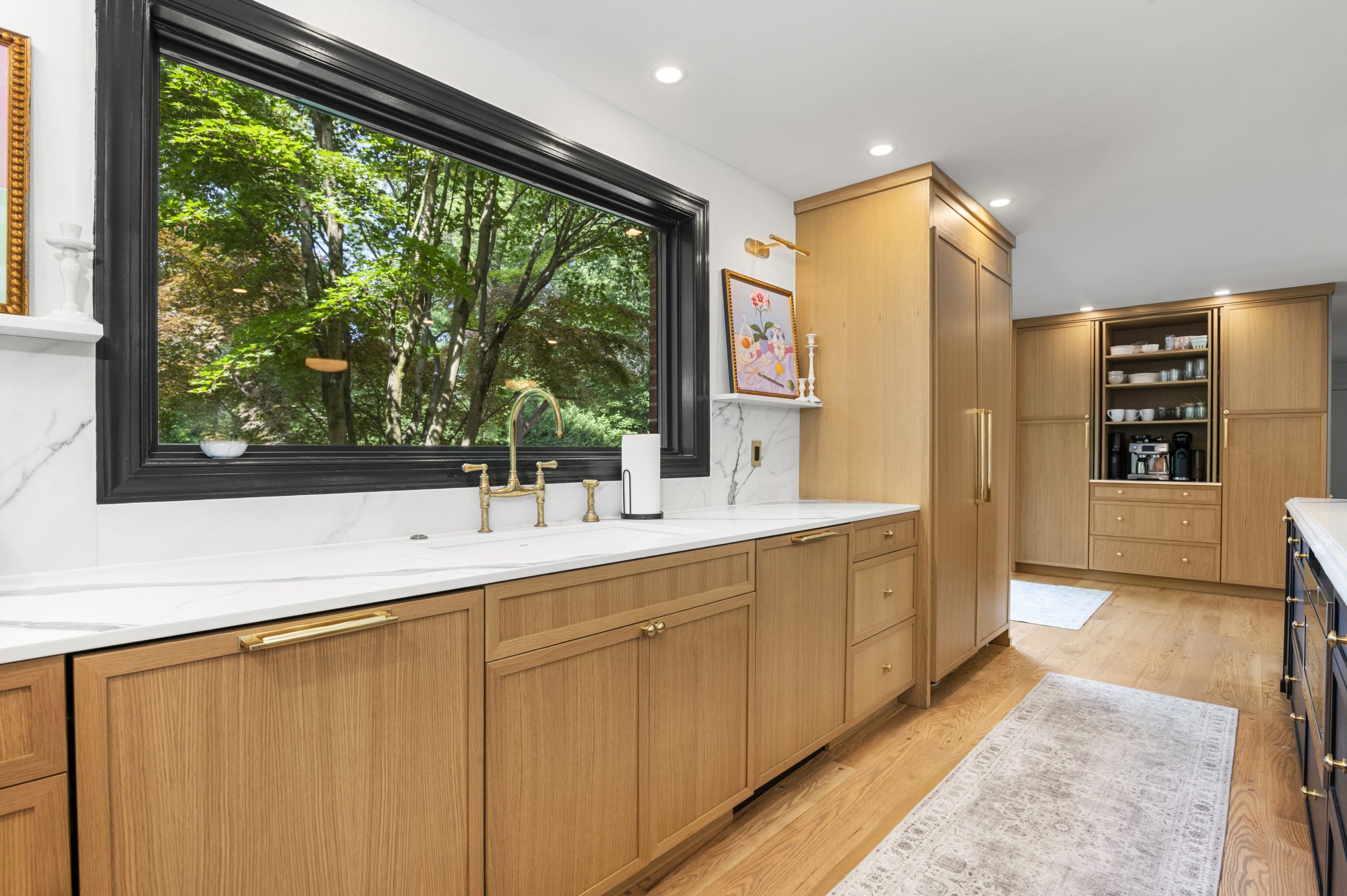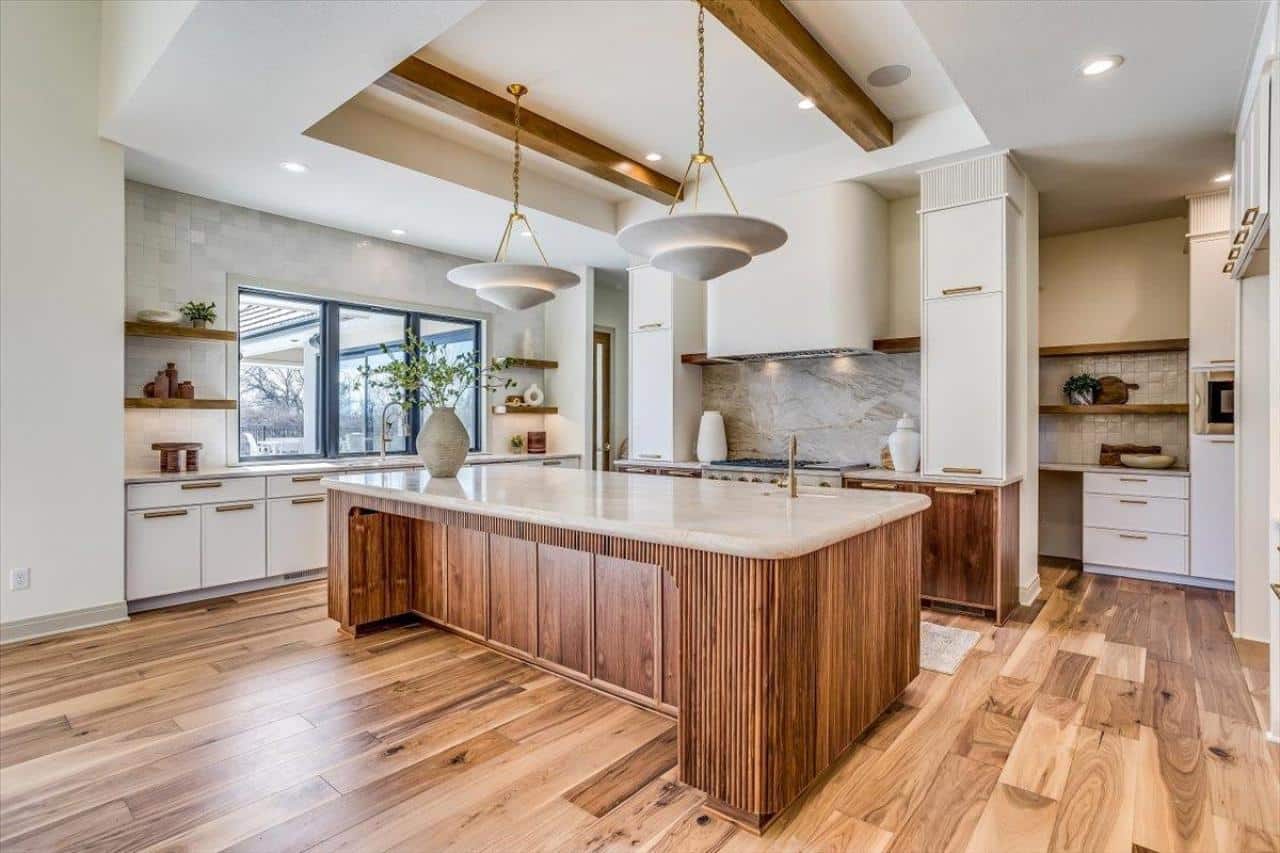
Wood countertops have made a remarkable comeback in kitchen design, offering warmth, natural beauty, and timeless appeal. While stone surfaces like granite and quartz remain popular, wood is increasingly being used for kitchen islands, butcher blocks, and accent surfaces.
Choosing the best wood for countertops depends on your style, budget, and how you plan to use your kitchen. This guide explores the most durable and attractive wood species, their benefits, and maintenance tips.
Why Homeowners Love Wood Countertops
According to the National Kitchen & Bath Association (NKBA), natural materials such as wood are seeing renewed popularity, especially in kitchens that blend modern design with rustic or organic elements. Beyond aesthetics, wood provides a surface that’s renewable, repairable, and more eco-friendly than many synthetic materials.

1. Maple: The Classic Choice
Maple is one of the most common woods used for countertops and butcher blocks. It’s dense, durable, and light in color, making it a versatile choice for both modern and traditional kitchens. Maple resists wear and tear, and its fine grain makes it ideal for food preparation areas. According to Fine Woodworking Magazine, maple ranks 1450 on the Janka hardness scale, giving it excellent durability.
2. Walnut: Rich Color and Luxury Appeal
Walnut offers deep brown tones and striking grain patterns, adding sophistication to any kitchen. While softer than maple, walnut’s natural beauty and color depth make it a favorite for decorative islands or bar tops. Its Janka hardness rating is around 1010, providing a balance between resilience and workability.
3. Cherry: A Timeless Favorite
Cherry wood darkens beautifully with age, developing a rich patina over time. It’s a medium-hard wood that combines elegance with practicality, making it a great choice for homeowners who appreciate natural color changes. Cherry’s reddish-brown tones pair beautifully with marble or granite accents.
4. Oak: Strength and Character
Oak is a traditional favorite known for its prominent grain and exceptional strength. Available in both red and white varieties, oak ranks between 1290 and 1360 on the Janka scale. Its durability makes it suitable for high-traffic kitchens or busy households. It also accepts stains well, allowing for a wide range of design options.
5. Teak: Naturally Water-Resistant
For homeowners who love durability and low maintenance, teak stands out as one of the best wood options for countertops. Naturally rich in oils, teak resists water damage and decay, making it ideal for kitchens and bathrooms. The Forest Products Laboratory (U.S. Department of Agriculture) notes that teak’s natural oils help prevent warping and cracking, even in humid environments.

Maintenance and Care Tips
While wood countertops are durable, they require regular care to stay beautiful:
- Oil Regularly: Use food-safe mineral oil to maintain moisture and prevent cracking.
- Avoid Standing Water: Wipe up spills promptly to protect the surface.
- Use Cutting Boards: Prevent scratches by avoiding direct cutting on the surface.
- Sand and Refinish: Unlike stone, wood can be sanded and refinished to restore its original appearance.
Eco-Friendly Benefits
Sustainably sourced wood is one of the most environmentally friendly countertop materials available. The U.S. Green Building Council (USGBC) recognizes wood products certified by the Forest Stewardship Council (FSC) as a renewable resource that contributes to eco-conscious design.
Final Thoughts
Choosing the best wood for countertops depends on your needs—whether it’s the strength of maple, the luxury of walnut, or the resilience of teak. Each offers a unique balance of functionality and charm that can elevate your kitchen’s design. With proper care, wood countertops can last for decades, bringing warmth and natural beauty to your home.
Ready to explore countertop materials? Contact Artistic Marble & Granite today to discuss custom countertop options that bring craftsmanship and style to your kitchen.

